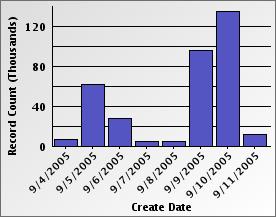I like to talk about ecosystems, open APIs and how collaboration in technology can yield big benefits for the nonprofit sector.
del.icio.us, the social networking site recently acquired by Yahoo, went down this weekend. Lots and lots of website that depend on the del.icio.us API can't get access to data and are also down. Folks who display del.icio.us links on their web pages instead display a "we are down" message. Even companies like Flock, which to a certain extent build their business around del.icio.us, feel the pain with large parts of this product's functionality down.
The ecosystem of open APIs is just as susceptible to disaster as a natural ecosystem. The thing to remember is that an ecosystem is often not as fragile as we might think.
Both Flock and CiviCRM use a very simple strategy to address dependence on resources we have no control over: redundancy. In Flock, they have support for other social bookmarking tools. In CiviCRM, our dependency is on map providers like Google. We build in redundancy by supporting Yahoo maps.
The issue is not that dependency is bad. Leveraging other peoples' investment can make your offering more powerful. How you deal with dependency, how flexible your systems are. and whether you have redundency are all factors that make a Web 2.0 technology like CiviCRM better or worse.
technorati tags: del.icio.us, web20, net2, civicrm





